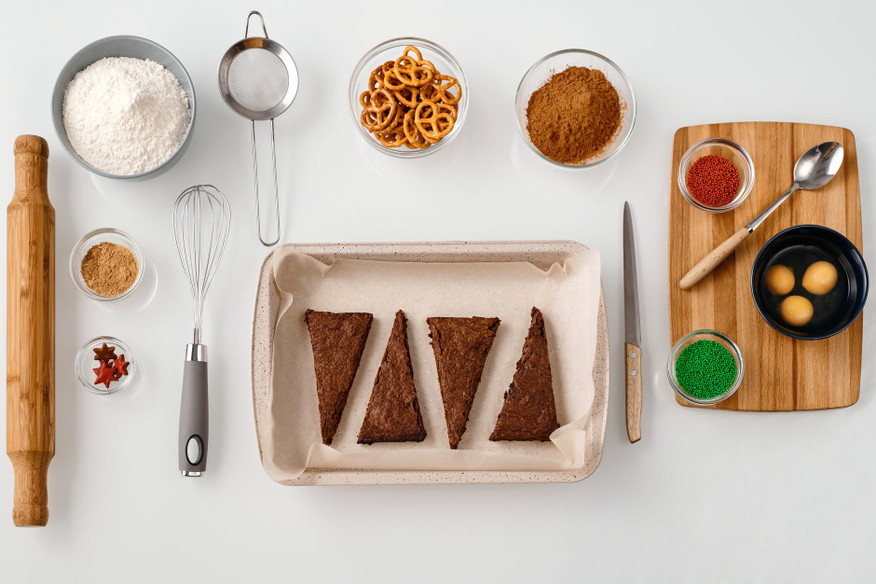Jun 23rd 2016 - Guest
Charbroilers Are a Kitchen Staple
In countless restaurants every day, diners are excited to see the diamond grill marks and savor the woodsy, charred taste of their dish. These features are usually found on food that was cooked over an outdoor grill or pit. However, these marks and flavors can be created inside the kitchen with the help of a commercial charbroiler.
The main function of a char-broiler is to cook food at a consistent temperature and a high production level with as short a recovery time as possible, while presenting a pleasing cross-mark presentation on the food itself. Char-broilers can use any of four sources of heat, gas, electric, wood, or charcoal. The general structure of a char-broiler features an adjustable grate on which the chef can place food orders. This grate is suspended over a localized heat source, which, in the case of gas or electric char-broilers may also be adjusted for temperature control. This tray can be angled to allow for grease to be sent to a trough or tray rather than causing flare-ups from direct contact with the heat source.
Depending on the type of heat source the char-broiler uses, conducted heat is transmitted through the top grate, while convection heat is carried by circulated air. Infrared rays emanate from the heat source, use less gas and reach operating temperatures in 90 seconds. Some models offer variable front-to-rear control of heat sources for more precise cooking control. Gas models have a Btu range from 17,000 up to 217,500, depending on their size. Economy models may feature heavy, cast-iron radiance for even heat distribution and to hold cooking temperatures in excess of 700 °F, however most char-broilers are most efficient when used between 550 °F and 625 °F.
While many chefs prefer to use a lava rock or ceramic briquette heat source for their char-broiler, this can accumulate large amounts of carbon and grease and experts recommend replacing both the heating elements and the grates as often as twice per year. Some other models offer self-cleaning elements and do not need to be replaced.
Char-broilers come in a variety of sizes and can be floor-standing or counter-top to accommodate even the smallest kitchen. Some other forms of char-broilers include cheese-melters and overhead salamanders.
Exhaust requirements are highly important to consider when purchasing or using a char-broiler. In the case of a drop-in model, exhaust requirements range from 900- to 1,200- cu.-ft. per minute. These units must be also be installed 1” from any side wall, at least 5” from a back wall and about 4” from any other piece of countertop equipment. Proper ventilation and frequent cleaning are equally important to consider
See all Charbroilers at Commercial Charbroilers

